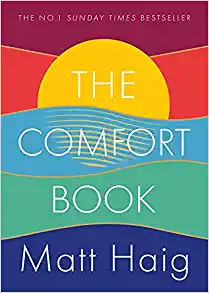Blogging Your Pull Quote
In graphic design, a key phrase or sentence is sometimes “pulled” from an article and placed in a larger print in a box on the page. The “pull quote” is used to draw interest, but also gives readers a a “preview” of the thesis to be proven or at least discussed in the article.
In a recent issue of Health Magazine, the article “The Digital-Era Brain” (a discussion of whether the Internet is eroding our memory) features the following pull-quote, printed in bold: “In one study, a group of students said they spent 20 percent of class time texting, playing games, and checking social media”. A second article discussing the USA Memory Championship, titled “Battle of the Big Brains”, features the following pull quote: “Though the brain accounts for only 2 percent of the body’s mass, it uses up a fifth of all the oxygen we breathe and burns a quarter of our glucose.”
In blog posts, both titles and images can serve as “pull quotes”.
“Pull quote” titles
When it comes to blogging for business, titles matter, and for two basic reasons: a) Keywords and phrases help search engines make the match between online searchers’ needs and what your business or professional practice has to offer. b) Exactly like the pull quote on the magazine page, the idea is to “pull” in readers by engaging their interest.
If the title is phrased as a question, asking readers if they’re grappling with an issue or a need that you not only know about, but which you’re accustomed to helping solve – that’s perfect as a pull quote tactic.
“Pull quote” images
Adding images to blog posts has been shown to increase readership. In fact, consumers have been shown to be more likely to consider or contact a business when an image appears in search results. What we’ve found at Say It For You, interestingly, is that commercial images, or “clip art”, which don’t depict the actual products, customers, or colleagues of that business or practice, work particularly well as interest “pullers”, capturing the main concept that will be articulated in the post.
In a very basic sense, blog posts themselves function as “pull quotes”. In fact, one of the most important reasons blogs have a distinct advantage over the more static website copy is that each post draws visitors’ focus to just one story, one aspect of the business, practice, or product, precisely in the manner that a pull quote draws attention to just one main concept embodied in the full article.
Use blogging as a set of pull quotes for your website offerings!






Follow us online!